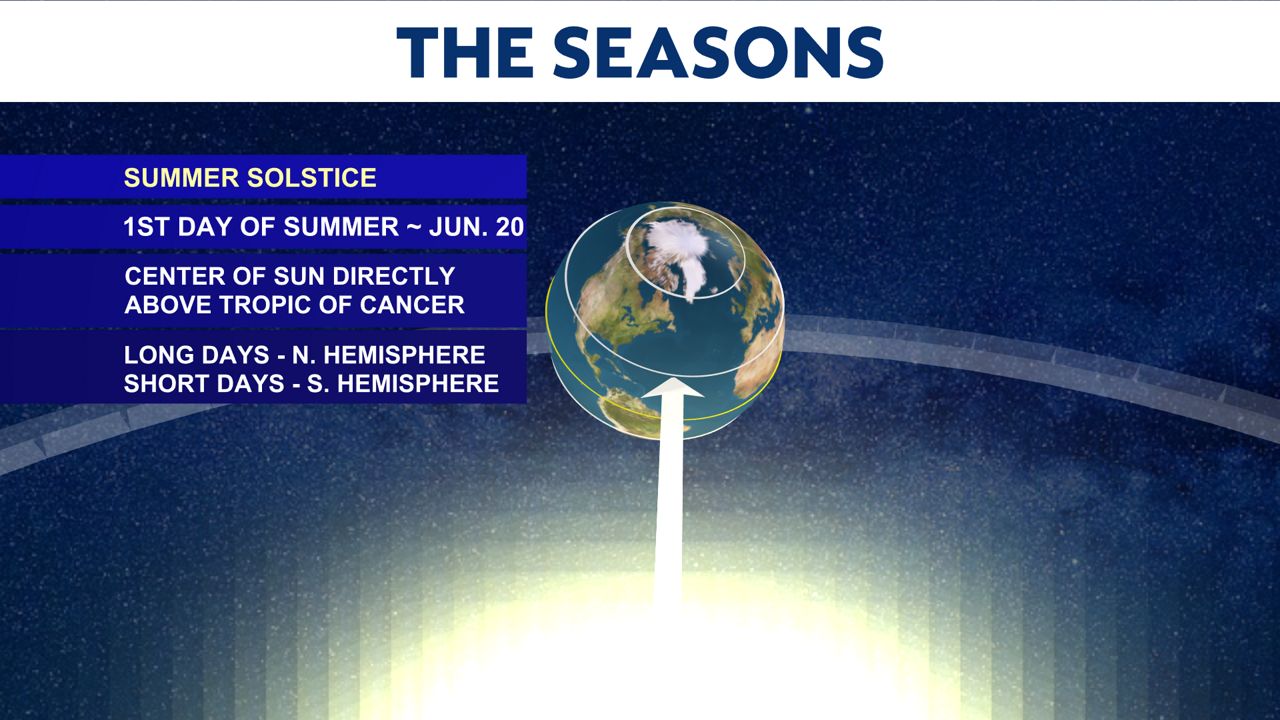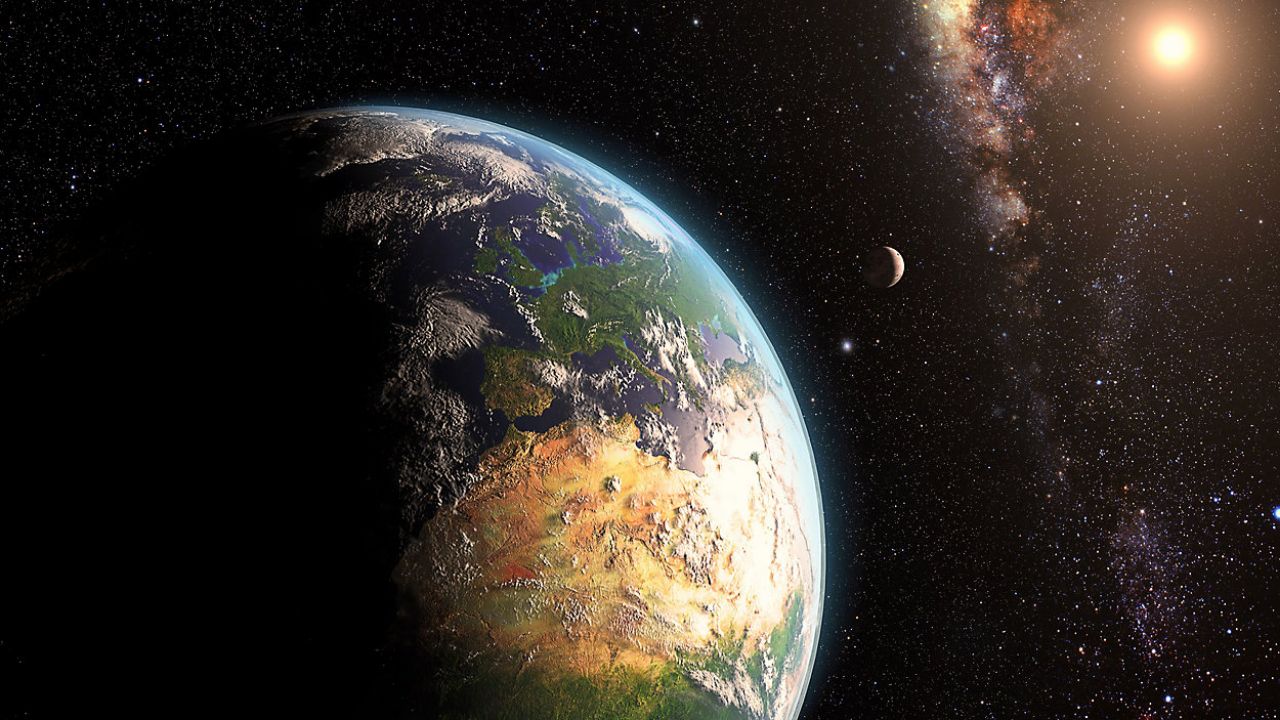One day after Independence Day, we’re observing another milestone on Earth: Aphelion Day!
Aphelion is the moment the Earth has reached its farthest point from the sun, which happens Monday, July 5 at 5:27 p.m. EDT. The point when the Earth is the farthest from the sun typically occurs about two weeks after the summer solstice.
Aphelion only occurs once a year because the Earth’s orbit is not circular. The Earth takes more of a lopsided, oval-shaped path around the sun.

When aphelion occurs, the sun appears to be slightly farther away than normal. This is not visible to the naked eye. And don't try to notice this change by looking at the sun, because it can damage your eyes.
The opposite of aphelion is perihelion. This is when Earth is closest to the sun, which occurred on January 2, 2021 at 8:51 a.m. EST. Perihelion occurs about two weeks after the winter solstice.
You might be scratching your head and wondering why it’s hot in the summer and cold in the winter, even though the Earth is farthest and closest from the sun in these respective seasons. The distance of the Earth from the sun is not what has an impact on our seasons.
The Earth’s tilt is why we’re warmer and colder at different points in the year. As we head into summer, the Earth’s tilt points the Northern Hemisphere towards the sun during the day.

As we transition into fall and winter, the Earth's wobbling rotation points the Northern Hemisphere away from the sun. Earth’s distance from the sun has nothing to do with the warmest and coldest parts of the year.
According to NASA, we’ll be 3.4 percent farther from the sun at 5:27 p.m. EDT than we were during the perihelion.
